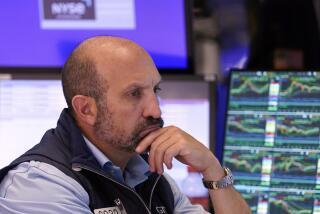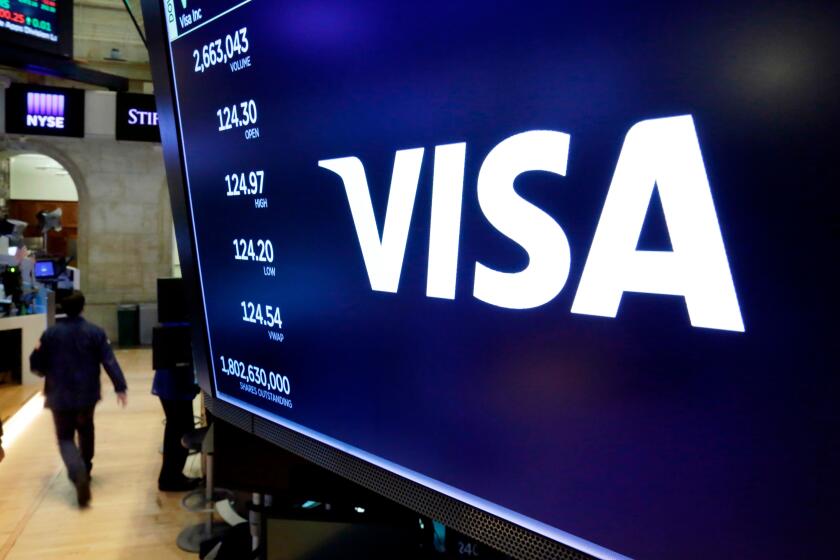The Fed Grasps at Crackpot Interest-Rate Theories, and Real People Pay
Socialism is dead all over the world, but conservative central banks in the United States, West Germany and Great Britain are working overtime to revive it. Never able to leave well enough alone, the central banks are engaged in a competition to raise interest rates.
The higher interest rates threaten the economy with slowdown, thus jeopardizing the jobs and career opportunities of millions of people. Higher interest rates swell the cost of public borrowing and counteract efforts to reduce the deficit. The central banks are taking these risks and imposing these costs because they believe that a successful full-employment economy is the cause of inflation.
In practice this means that every time people regain employment and get on with their lives, the Federal Reserve throws them out of work again, which is no way to run a humane economy.
A year ago, when the Federal Reserve Board raised interest rates and collapsed the stock market, the central bank was operating on the theory that the way to lower interest rates is to raise them. The theory, of course, didn’t work. Interest rates went up, as any rational person would have predicted, causing panic and collapse in the stock market.
After this disaster, the Fed drew up a list of inflation indicators to reassure the public that it would not again raise interest rates unless the danger signals were real. According to the Federal Reserve, a falling dollar, a rising price of gold and rising commodity prices would be its indicators of inflationary pressures, justifying higher interest rates to slow the economy.
Last month, just three hours before a Treasury financing, the Federal Reserve raised interest rates even though its own indicators did not support its action. The dollar was rising, the price of gold was falling and the upward move in commodity prices was largely related to drought and drought-induced speculation.
The apologists for the Federal Reserve in the pundit community, of which there are many, invented a new theory in order to justify the Fed’s action: The economy was growing, but the ability to produce was not. In other words, the economy was at full capacity and inflation was at hand.
This theory lasted a short time, until the Department of Commerce last week released its survey revealing that real business spending on new plants and equipment was up 11.6% over last year. According to the department’s report, investment will be a major source of U.S. economic growth in coming months.
Considering the Federal Reserve’s well-established record for inconsistency and self-contradiction, the next time it raises interest rates it may blame its inflation fears on strong investment and too rapid an expansion in the ability to produce. As the Fed shifts from crackpot theory to crackpot theory, the lives and fortunes of real people are at stake.
Only recently the Fed was worrying about the “weak dollar,” using it as an excuse to “defend the dollar” with high interest rates. Once the dollar began to regain strength on the basis of our growing exports and shrinking trade deficit, the Fed began intervening in currency markets to drive the dollar back down. Last week the New York Federal Reserve Bank revealed that it had dumped $3 billion onto the market during June and July in its effort to stop the dollar’s rally.
What are we to make of all this? If the dollar is weak, we have to have high interest rates. If the dollar is strong, we have to have high interest rates. According to the Federal Reserve, the only time the American people can expect low interest rates is when millions of people are unemployed and the economy is not growing.
Over the course of this decade the consensus forecasts have been absurd. In 1981 the forecast was that the reductions in taxes would cause higher inflation, and inflation collapsed. In 1982 it was forecast that the deficits would prevent interest rates from falling, and interest rates collapsed. In 1983 forecasters claimed that the deficit would crowd out investment and prevent an economic recovery, and we began the longest expansion in our history. In 1985 the dollar fell, causing pundits to forecast that foreign money would flee the country, and it poured in. In 1986 the “dollar crisis” changed its spots and became the crisis of the weak dollar, which would shrink to near-zero because of the “twin deficits.” In 1987 it was forecast that the weak dollar would cause inflation, and none appeared. In 1988 the “crisis” is a “destabilizing rise in the dollar” that threatens political agreements to “stabilize” exchange rates.
Today, while the central banks tighten monetary policy, the U.S. trade deficit is shrinking, removing a source of liquidity from world markets. The combination of high interest rates and a shrinking trade deficit is more likely to result in a liquidity crisis than in inflation. But central banks will discover that only when unemployment is soaring.
More to Read
Inside the business of entertainment
The Wide Shot brings you news, analysis and insights on everything from streaming wars to production — and what it all means for the future.
You may occasionally receive promotional content from the Los Angeles Times.










